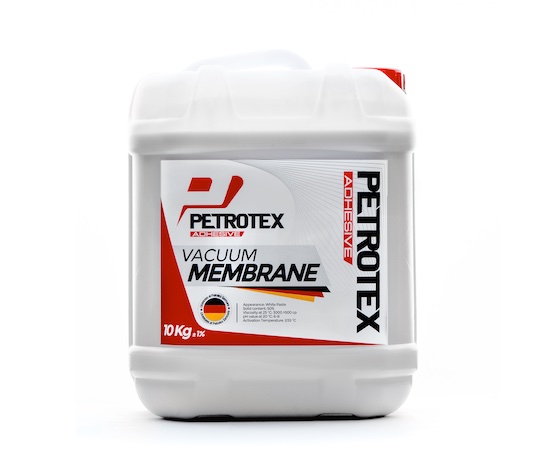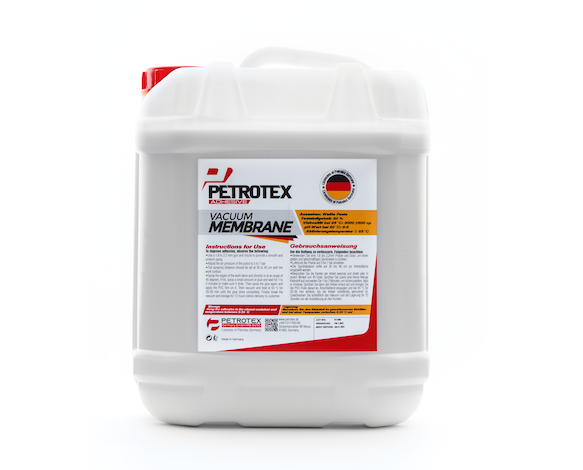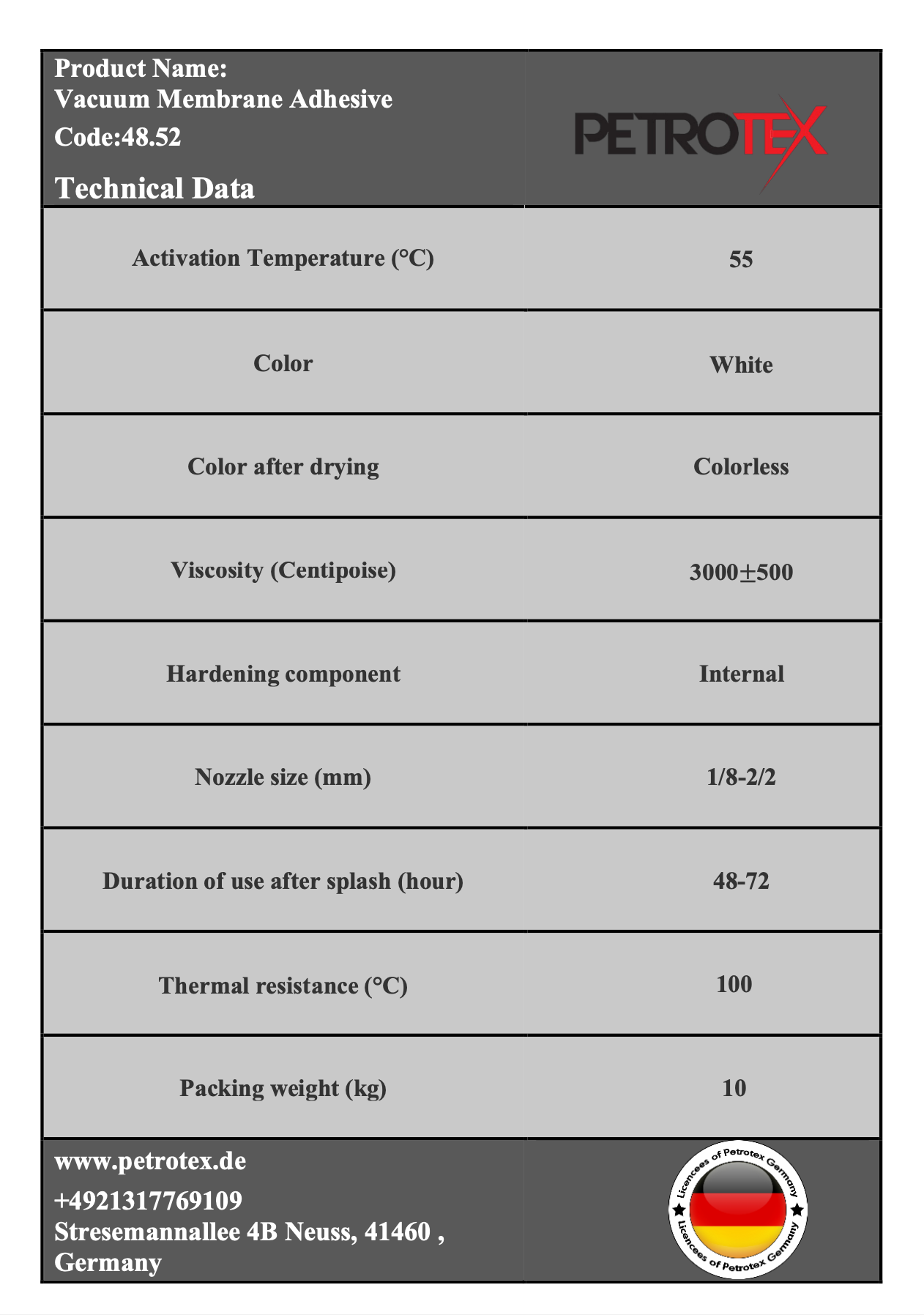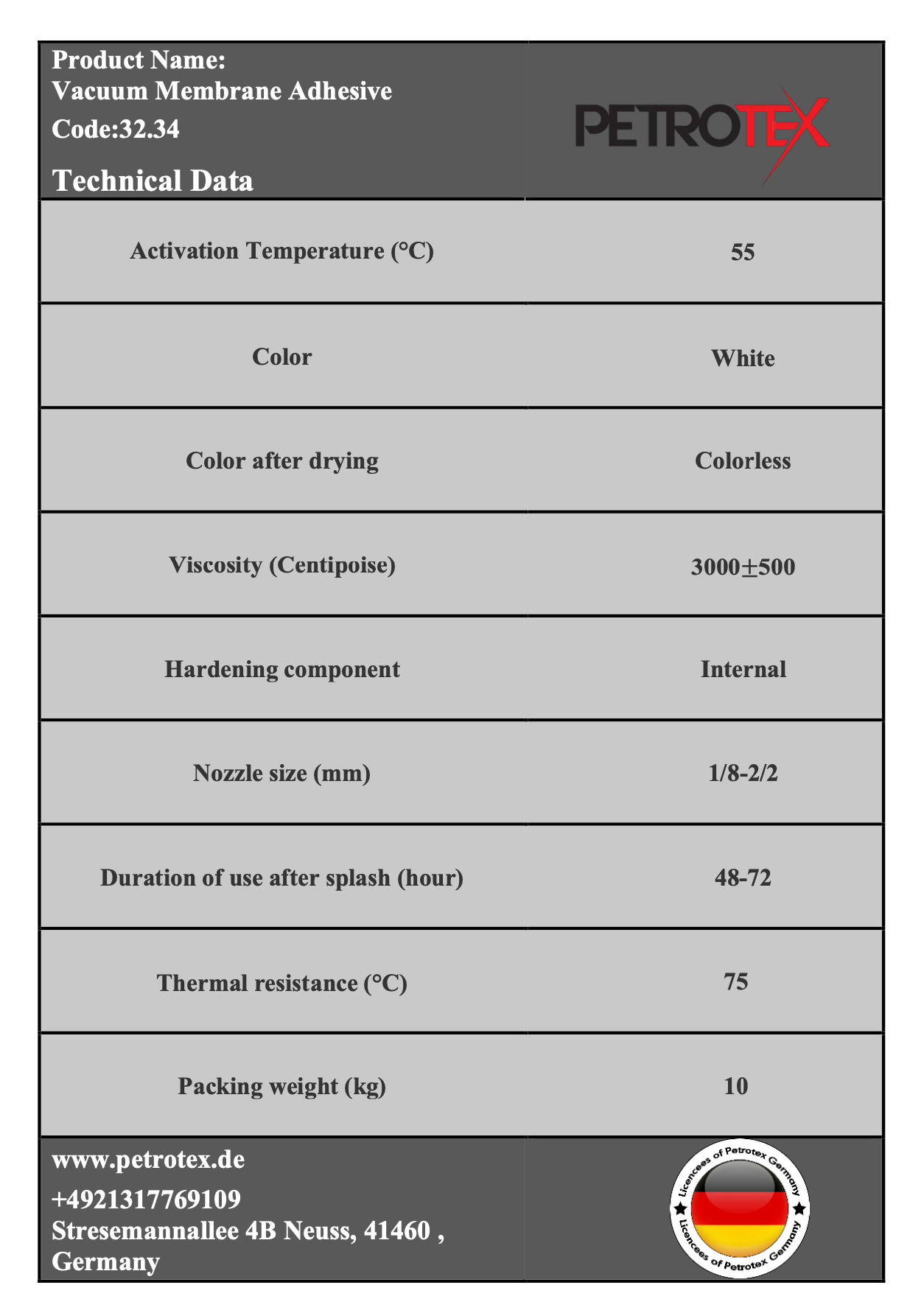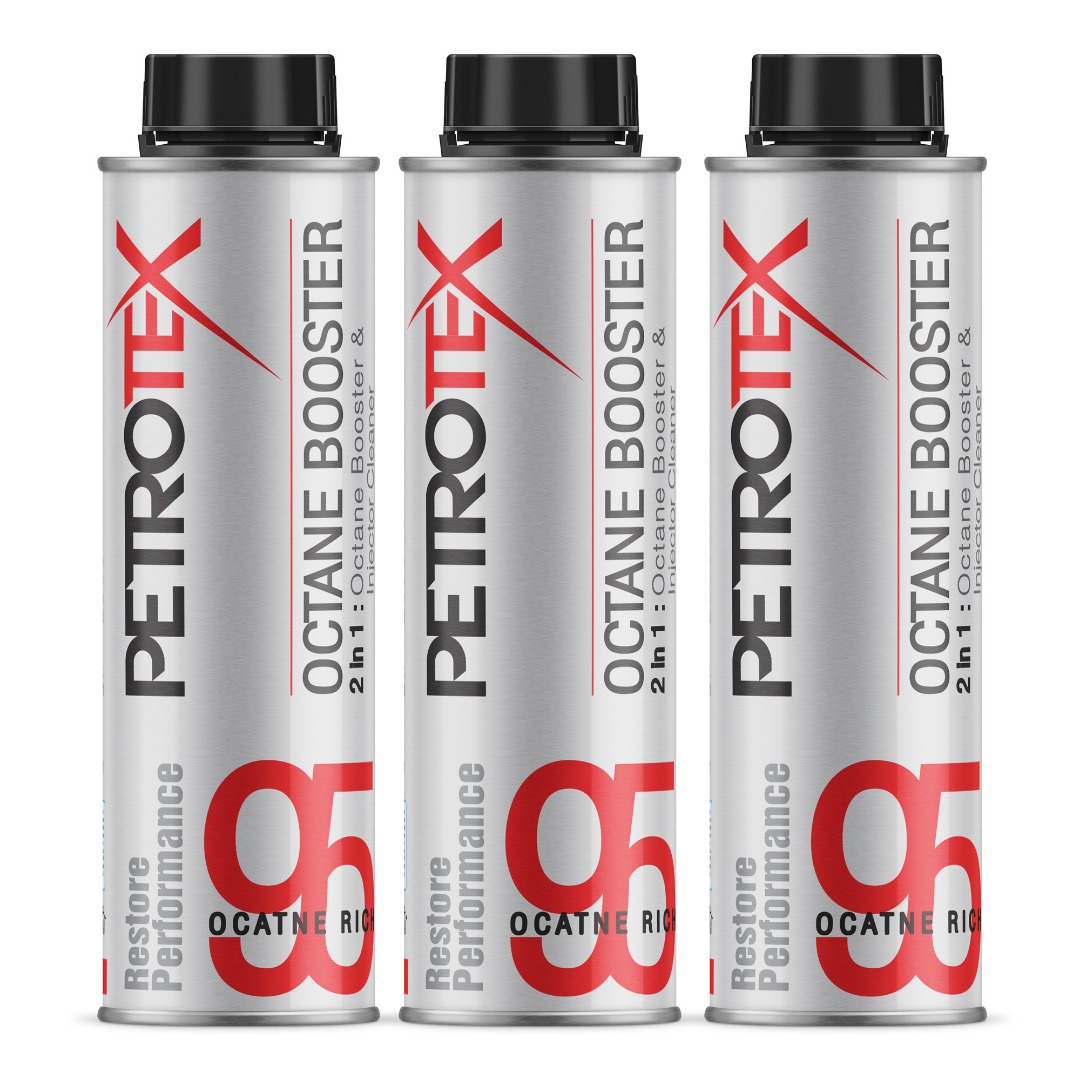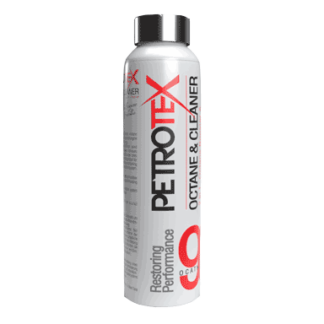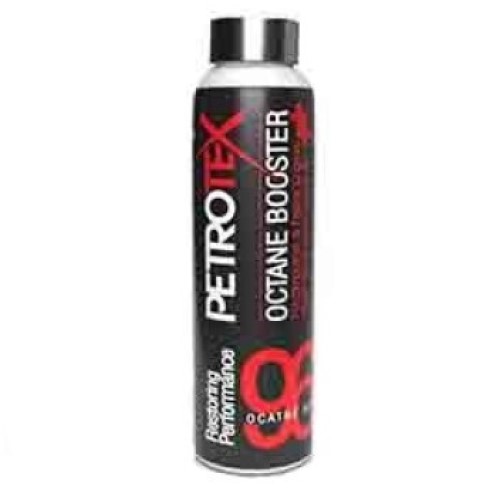Petrotex vacuum membrane adhesives are 1 component adhesives that use in wood industry and are have the following specificationsHigh temperature resistance: Petrotex Vacuum membrane adhesives are designed to withstand the high temperatures used in many manufacturing processes, making them ideal for use in applications where elevated temperatures are present.
Strong bonding properties: Petrotex Vacuum membrane adhesives are formulated to provide a strong and durable bond between the vacuum membrane and the substrate, ensuring a tight and reliable seal.
Solvent free: Petrotex vacuum membrane adhesives use water as the main solvent. They are generally considered to be more environmentally friendly and safer to use than solvent-based adhesives.
UV resistance: Petrotex vacuum membrane adhesives are formulated to be resistant to UV radiation, which can degrade the adhesive and reduce its effectiveness over time.
Gap-filling capabilities: Depending on the viscosity of the adhesive,petrotex vacuum membrane adhesives can be used to fill gaps between the vacuum membrane and the substrate, ensuring a tight and reliable seal even in areas where the fit is not perfect.
Fast curing times: Pertrotex vacuum membrane adhesives are formulated to cure quickly, allowing for faster production times and increased efficiency in the manufacturing process.
Petrotex Vacuum Membrane Adhesive supply at two quality levels under the following codes:
1-32.34
2-48.52

